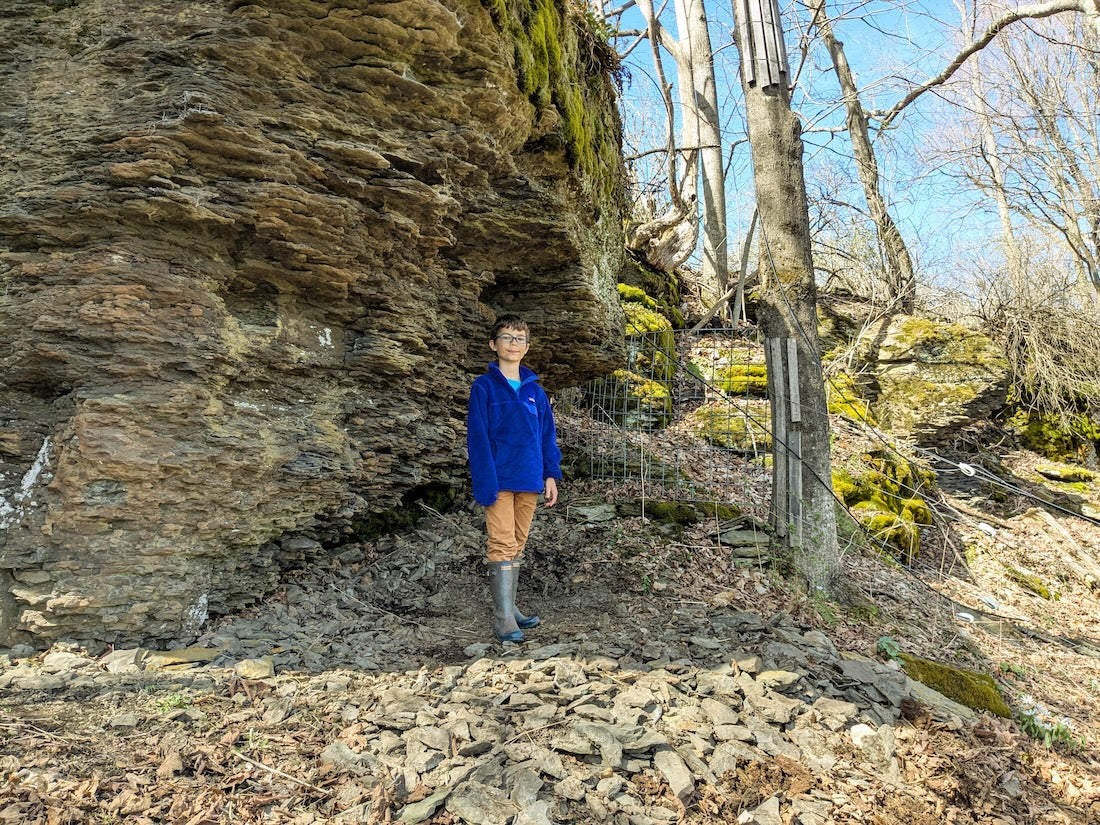As children my brothers and I shared a mania for building forts. One, up on a slope where rain had worn out a shallow ditch, we made by laying rotting branches atop a pair of protruding rocks. The result left barely enough space to lie beneath, and then we would have our feet aimed down such a steep hill that it took work just to stay in one place. We had better luck beneath the huge white pine that was the largest tree on the property. By laying long sticks around its trunk we made a crude sort of teepee, and if the triangle of space this created proved far from roomy, at least the floor was flat.
We built our most successful fort by tying branches into a frame and then stacking reeds on the top and leaning more against the sides. This did not make for a particularly weathertight structure (if it was raining the pine tree, which formed a natural roof, was far better) but the reed fort was roomy, and one benefit of a porous ceiling was that we could build fires inside it without smoking ourselves out.
Though spring is still young, it looks like the farm kids will be continuing the fort tradition. Throughout the winter a series of ambitious tunnels and walls rose and fell in the massive snow drift that accumulated in the shadow of a steep bank. Now that the snow is gone they planned to build some sort of structure in the same place until Ed pointed out a superior site made by a deep notch in the shale shelf up the hill.
One appeal of forts, I think, is that they are a continuation of the imaginative play of earlier years. Of course young kids build forts too, but these often consist of nothing more than a couch and a couple pillows. As a fort moves further afield and takes on a more solid form, it becomes both a container for ideas and a project in its own right. It still serves more or less fanciful ends, like defense against an unspecified enemy or an alternative place to live if the house burns down. At the same time, it requires real engagement with the world; the imagination can do some of the work, but the construction itself also has to be cool.
Perhaps someday the kids will want to build a structure from dimensional lumber, nails, shingles, and all the rest, but I’m happy they’re starting with a more primitive approach, even if it means the ultimate result will be less functional and less durable. There’s something salutary about working within the constraints imposed by a more or less arbitrary condition, in this case the materials lying around on the forest floor. I say it’ salutary because it is so different from the default.
We live in a world of shortcuts. Think how long it would take to saw a 2 x 4 by hand or walk to the grocery store instead of driving. (Or growing your own food instead of buying it, for that matter.) Most of these are obviously good, giving us collectively more time, security, and possibility. But with the advent of social media, which offers a shortcut for socializing, and AI, which promises a shortcut on thinking, I believe we should tread carefully. It’s good to simply be a human in the wonderous world in which we live — messing around with fallen branches, levelling shale, lifting and pushing and arranging things into a form, however rough. There’s the feeling of cold rocks and brittle leaves, and there’s the feeling of creating something from the bounty and detritus of a forest floor. Digital life is not a substitute for these, it is a displacement of them.
When I think back on my childhood I’m struck by just how much of it I spent simply being in the world. There were times I got so bored it felt like an unscratchable itch, and I loved reading books, but I spent big chunks of every day doing stuff that any objective observer would consider pointless, including building forts. As a parent I try not to fall into the trap of nostalgia. I don’t want to force my kids to do certain things simply because I remember them fondly. At the same time, I have no time for the notion that concerns about the increasingly regimented and digital form childhood has taken are more of the same foolish worries adults have always had about younger generations.
One duty of a parent is to prepare children for the world they will encounter as adults, and another is to give them guidance on what the truly good life looks like, rather than an existence that has the trappings of success. I’ve already suggested why I think being in the world contributes to both of these, and I could write more. But at the end of the day it’s mainly that I still think forts are cool and fun, and I’m happy my kids are out building them.


1 comment
My twin sister and I would build forts in our house as kids – using the couch, blankets, chairs, etc. HInding under the dining room table was also really fun. There is something about having a secret, safe place within a bigger safe space that is very comforting. I love the idea of hiding out in gulleys and shallow caves, too but didn’t get the chance to do much of that. We did, however, build forts and trails within fields of dense milkweed growth, and boy did we enjoy getting lost in them and coming home sticky every night. Thank you for another great post!